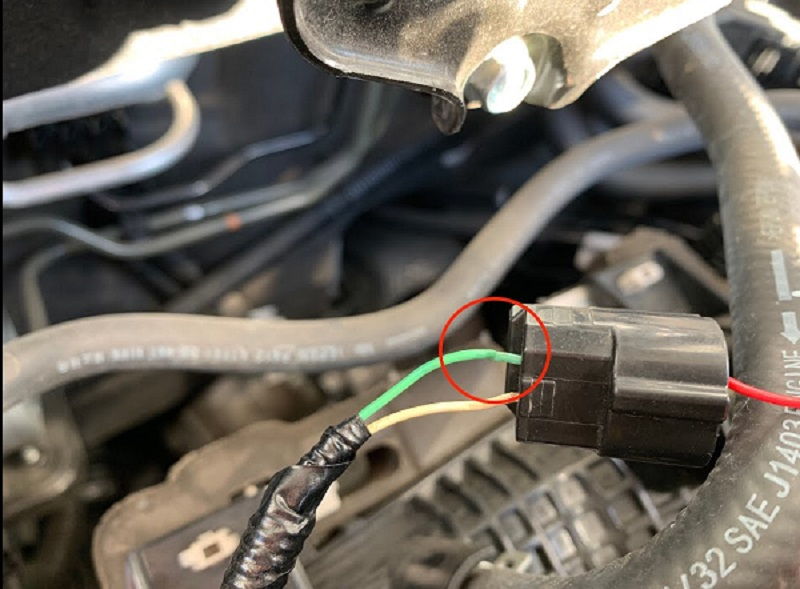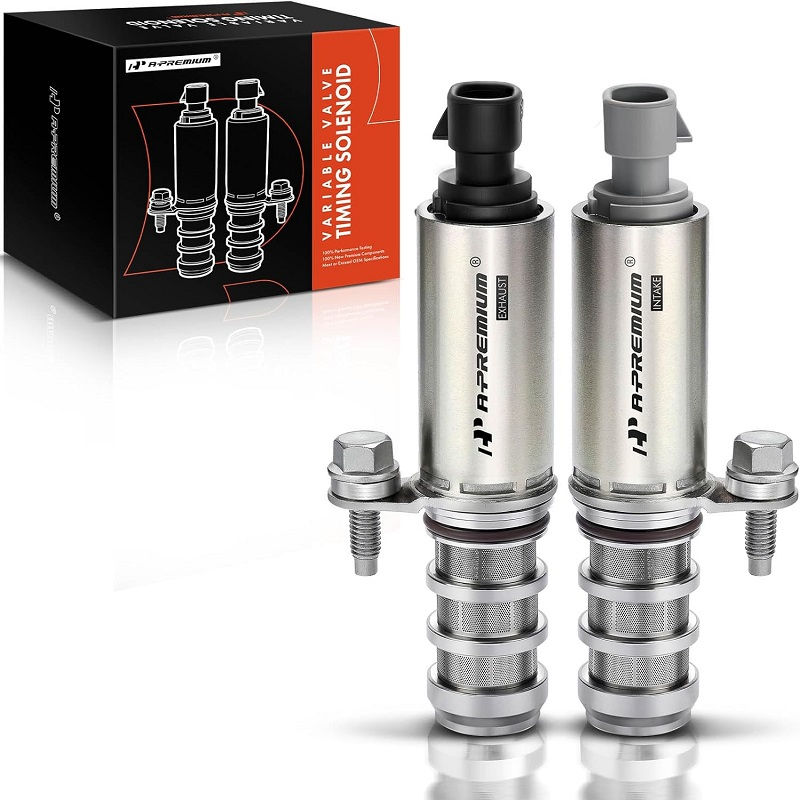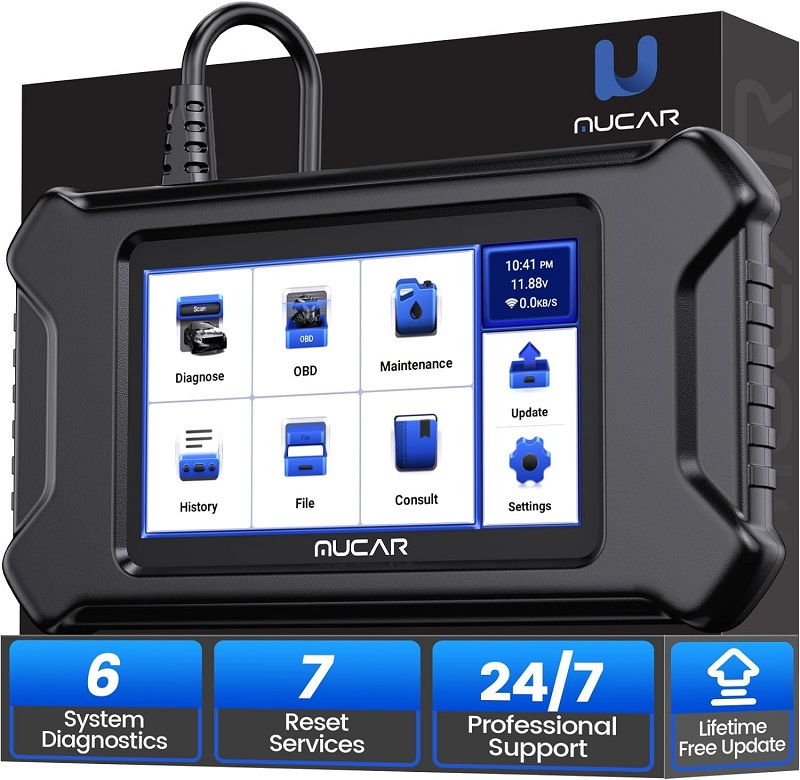This post contains affiliate links. This means I will make a commission at no extra cost to you should you click through and make a purchase [ “As an Amazon Associate, I earn from qualifying purchases.” ]. Read the full disclosure here.
Decoding P0035: Turbo Charger Bypass Valve Control Circuit High GuideMechanic.Com In the intricate world of automotive diagnostics, deciphering trouble codes is akin to solving a puzzle. One such enigmatic code, P0035, revolves around the Turbo Charger Bypass Valve Control Circuit being detected as high.
In this article, we embark on a journey to unravel the mysteries behind P0035, delving into its implications, potential causes, and strategies for resolution.
See Also: P0033 Turbo Charger Bypass Valve Control Circuit
P0035 Turbo Charger Bypass Valve Control Circuit High
Understanding P0035:

P0035 is part of the OBD-II (On-Board Diagnostics II) system, a standardized protocol used by vehicles to monitor and report malfunctions in various components related to engine performance and emissions control.
Specifically, P0035 pertains to the Turbo Charger Bypass Valve Control Circuit being detected as high. To comprehend this code fully, it’s essential to grasp the role of the turbocharger bypass valve in the engine’s operation.
Turbochargers are ubiquitous in modern vehicles, particularly those prioritizing performance and efficiency. They operate by compressing air before it enters the engine cylinders, thereby enhancing power output.
The bypass valve, also known as a wastegate or blow-off valve, regulates the turbocharger’s boost pressure. When the control circuit for this valve is detected as high, it indicates a potential issue with the electrical signal governing the valve’s operation.
Common Causes of P0035:

Diagnosing the root cause of P0035 requires a methodical approach and a keen understanding of automotive systems. While precise diagnosis often necessitates specialized tools and expertise, several common culprits are typically associated with this trouble code:
Faulty Bypass Valve Solenoid:
The solenoid responsible for controlling the bypass valve may malfunction, causing it to remain open or partially closed when it should be closed. This disrupts the turbocharger’s operation and triggers the P0035 code.
Electrical Issues:
Any anomalies in the electrical circuitry connected to the bypass valve control circuit can lead to a high signal being detected. This may include short circuits, open circuits, or issues with the power supply.
Wiring Problems:
Damage or disconnection in the wiring harness linked to the bypass valve control circuit can result in irregular electrical signals. Frayed wires, corroded connections, or poor grounding are common culprits.
Faulty Bypass Valve:
The bypass valve itself might be defective, unable to operate correctly even when the control signal is functioning as intended. This could be due to mechanical issues, wear and tear, or contamination.
Boost Pressure Abnormalities
Problems with the turbocharger system, such as excessive boost pressure or leaks, can indirectly trigger the P0035 code by influencing the bypass valve’s operation.
P0035 Turbo Charger Bypass Valve Control Circuit High
Diagnostic Procedures:

To diagnose and address P0035 effectively, automotive technicians typically follow these steps:
Code Retrieval:
Utilize an OBD-II scanner to retrieve the trouble code (P0035) stored in the vehicle’s ECU. This confirms the presence of the issue and provides a starting point for diagnosis.
Visual Inspection:
Conduct a thorough visual inspection of the bypass valve, wiring harness, connectors, and associated components. Look for signs of damage, corrosion, or loose connections that could affect electrical signals.
Test Bypass Valve Solenoid:
Verify the bypass valve solenoid’s functionality using a multimeter or diagnostic tool. Ensure it receives the appropriate voltage and responds accordingly to control signals.
Check Electrical Connections:
Inspect the wiring harness for any faults, focusing on continuity, insulation integrity, and proper connections. Repair or replace damaged wiring as necessary.
Assess Bypass Valve Operation:
Evaluate the bypass valve’s mechanical operation, checking for smooth movement and proper sealing. Test the valve’s response to control signals manually if feasible.
Examine Boost Pressure System:
Investigate the turbocharger system for potential issues affecting boost pressure, such as leaks, blockages, or malfunctioning components.
P0035 Turbo Charger Bypass Valve Control Circuit High
Potential Solutions:
Based on diagnostic findings, several solutions may be required to rectify P0035:
- Replace Bypass Valve Solenoid: If the solenoid is found to be faulty, replace it with a new one to restore proper control over the bypass valve.
- Repair Wiring Issues: Address any wiring problems identified during inspection, such as repairing damaged wires, replacing connectors, or improving grounding connections.
- Replace Bypass Valve: If the bypass valve is determined to be defective, install a new valve to ensure optimal turbocharger performance.
- Address Electrical Abnormalities: Resolve any electrical anomalies affecting the bypass valve control circuit, including short circuits, open circuits, or voltage irregularities.
- Rectify Boost Pressure Problems: Fix issues within the turbocharger system that may be influencing bypass valve operation, such as leaks, blockages, or irregular boost pressure levels.
Conclusion:
See Also: P0034 Turbo Charger Bypass Valve Control Circuit Low
P0035, denoting a high signal detected in the turbocharger bypass valve control circuit, poses a challenge for automotive technicians tasked with maintaining vehicle performance and reliability.
By employing systematic diagnostic procedures and addressing potential causes such as faulty components, wiring issues, or boost pressure abnormalities, technicians can effectively resolve P0035 and restore optimal engine function.
Regular maintenance and proactive troubleshooting are essential for identifying and addressing trouble codes promptly, ensuring vehicles operate smoothly and efficiently on the road.
- Catalytic Converter Cleaner Nearby - April 25, 2025
- BMW Catalytic Converter Price: What You Need to Know - April 24, 2025
- Scrap Catalytic Converter Price - April 24, 2025
